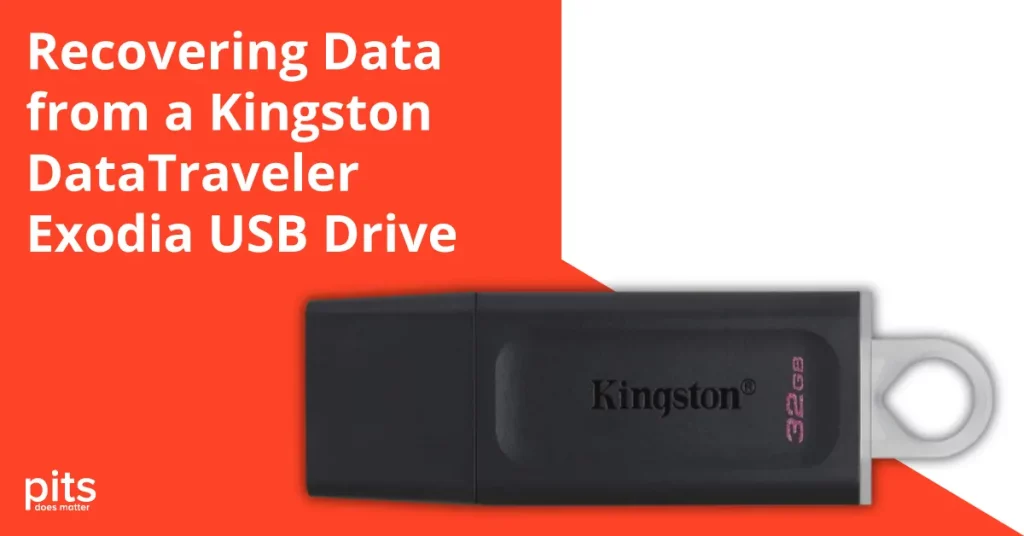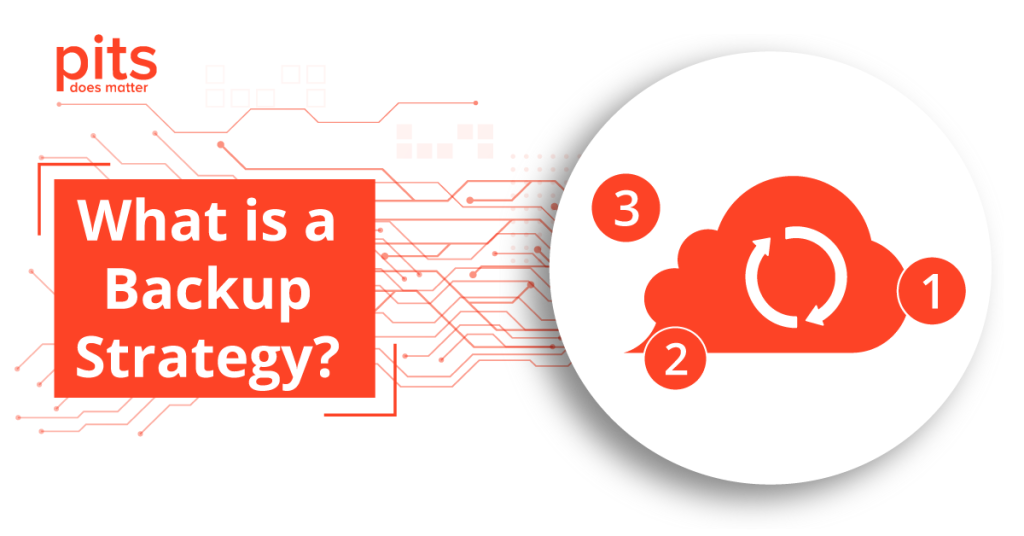In today’s world, where data is more valuable than ever, ensuring its safety and accessibility is a top priority. RAID, or Redundant Array of Independent Disks, is one of the most popular solutions for both enhancing storage capacity and protecting data. In this blog post, we’ll explore what RAID storage is, how it works, and the different levels of RAID commonly used in various industries.
Understanding RAID: The Basics
RAID is a technology that allows multiple hard drives to work together as a single unit to improve performance, increase storage capacity, or provide redundancy in case of drive failure. By distributing data across several drives, RAID storage can protect against data loss while enhancing the overall speed of data access and retrieval.
The primary objectives of RAID are:
- Redundancy: Protecting data by duplicating it across drives.
- Performance: Boosting read/write speeds by distributing tasks across multiple disks.
- Capacity: Combining the storage capacity of several drives into one large storage space.
How RAID Works
RAID configurations work by striping, mirroring, or parity:
-
Striping: This technique splits data into chunks and distributes them across multiple drives. While it enhances speed by allowing simultaneous access to different parts of the data, striping alone does not provide redundancy.
-
Mirroring: With mirroring, data is duplicated on two or more drives. This offers excellent redundancy because if one drive fails, the mirror drive still contains the same data.
-
Parity: Parity is a method of error-checking that adds a bit of extra data across drives. If a drive fails, the parity data can be used to reconstruct the missing information. This method allows for fault tolerance with minimal overhead.
Common RAID Levels
There are several levels of RAID, each designed for different purposes. The most common ones include:
-
RAID 0 (Striping)
RAID 0 uses data striping but offers no redundancy. It improves performance by dividing data across multiple disks, allowing for faster read and write operations. However, because there’s no data duplication, if one drive fails, all data is lost. RAID 0 is typically used for tasks where speed is the priority, such as video editing, but it is not ideal for storing critical data. -
RAID 1 (Mirroring)
RAID 1 mirrors data across two or more drives. While this method does not increase storage efficiency (as both drives contain the same data), it provides excellent redundancy. If one drive fails, the system continues to operate using the mirrored drive. RAID 1 is commonly used for systems that require high availability, such as servers or backup systems. -
RAID 5 (Striping with Parity)
RAID 5 is one of the most popular RAID levels because it offers a balance between performance, redundancy, and storage efficiency. Data is striped across multiple drives, but parity information is also distributed across all drives. This allows the array to continue functioning even if one drive fails, as the parity data can be used to rebuild the lost information. RAID 5 requires a minimum of three drives and is widely used in business environments where both speed and fault tolerance are important. -
RAID 6 (Striping with Dual Parity)
RAID 6 is similar to RAID 5 but adds an additional layer of parity. This means it can withstand the failure of two drives simultaneously, offering even greater fault tolerance. RAID 6 is ideal for larger arrays where the risk of multiple drive failures increases, such as large-scale data storage systems used by enterprises. -
RAID 10 (1+0)
RAID 10 combines the features of RAID 1 and RAID 0. Data is both striped and mirrored, offering the benefits of increased speed (thanks to striping) and redundancy (due to mirroring). RAID 10 is often used in environments where both performance and fault tolerance are critical, such as high-performance databases and virtualized environments. However, it requires at least four drives and is more costly due to the need for multiple disks.
Benefits of RAID Storage
-
Data Redundancy
Depending on the RAID level, data can be duplicated or reconstructed using parity, offering protection against drive failures. This makes RAID an excellent solution for businesses and individuals who need reliable storage for important data. -
Improved Performance
By distributing data across multiple drives, RAID can significantly improve read and write speeds, particularly in RAID 0 and RAID 10 configurations. This makes RAID ideal for applications requiring fast data access, such as video production, large-scale databases, and real-time analytics. -
Scalability
RAID arrays can be expanded by adding more drives, making them suitable for growing businesses or data-intensive tasks. This allows users to increase storage capacity without needing to overhaul their entire storage infrastructure.
Limitations of RAID
While RAID offers many advantages, it’s not a one-size-fits-all solution. Some limitations include:
- Cost: RAID configurations that offer high redundancy, such as RAID 10, require a significant investment in extra drives.
- Complexity: Setting up and managing a RAID array can be complicated, particularly for RAID levels involving parity.
- Not a Backup Solution: RAID provides redundancy, but it is not a substitute for regular backups. Issues such as malware attacks or accidental deletions can still result in data loss.
Conclusion
RAID storage is a powerful tool for managing data, offering both increased performance and redundancy. Whether you’re running a small business or managing large-scale data operations, RAID can help ensure your data is secure and easily accessible. However, it’s essential to choose the right RAID level based on your needs, budget, and risk tolerance.


